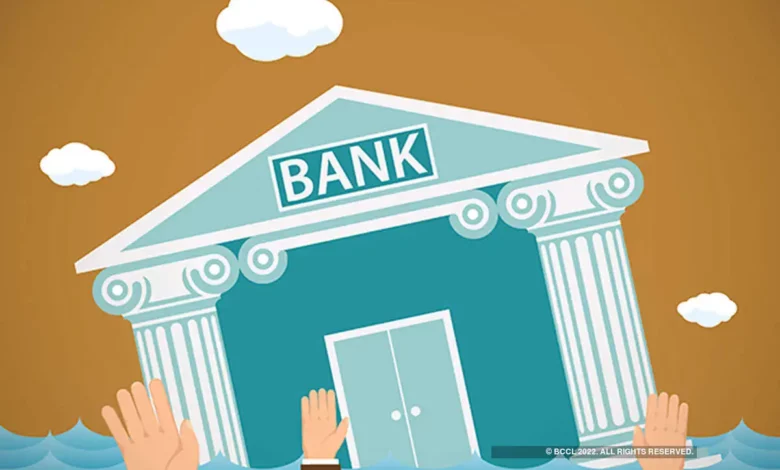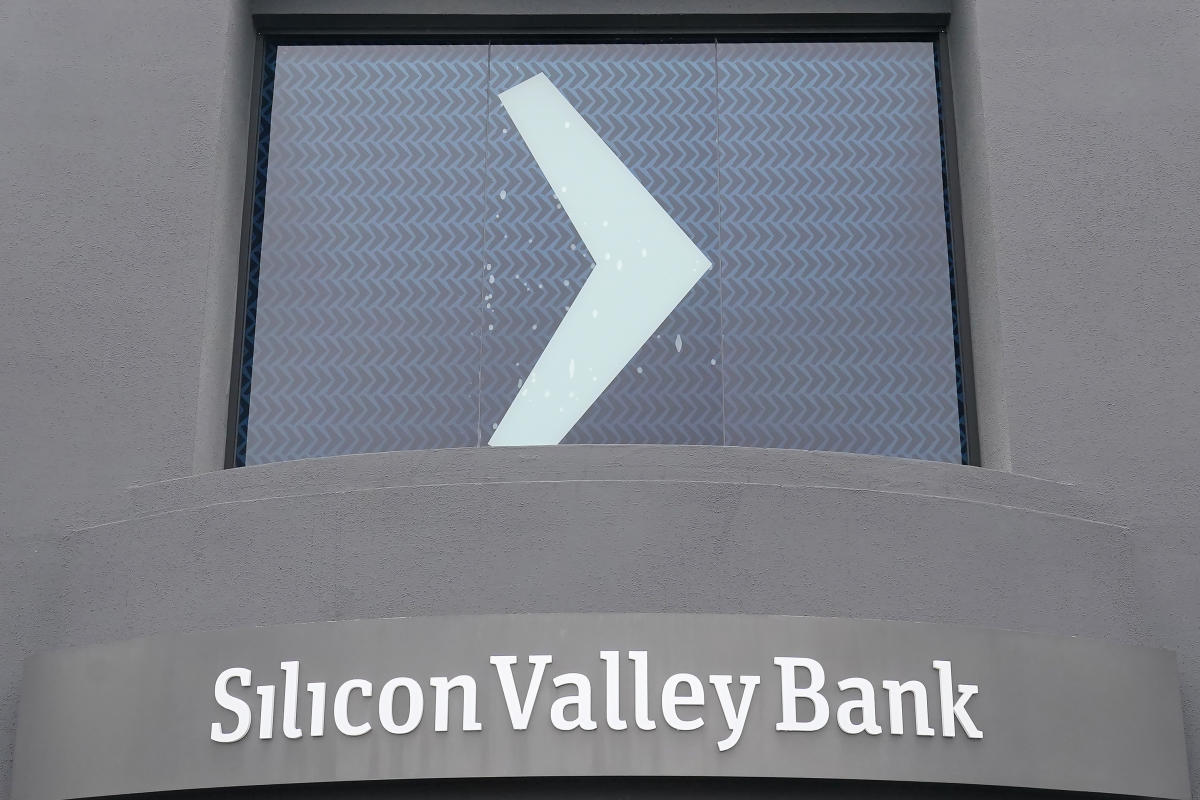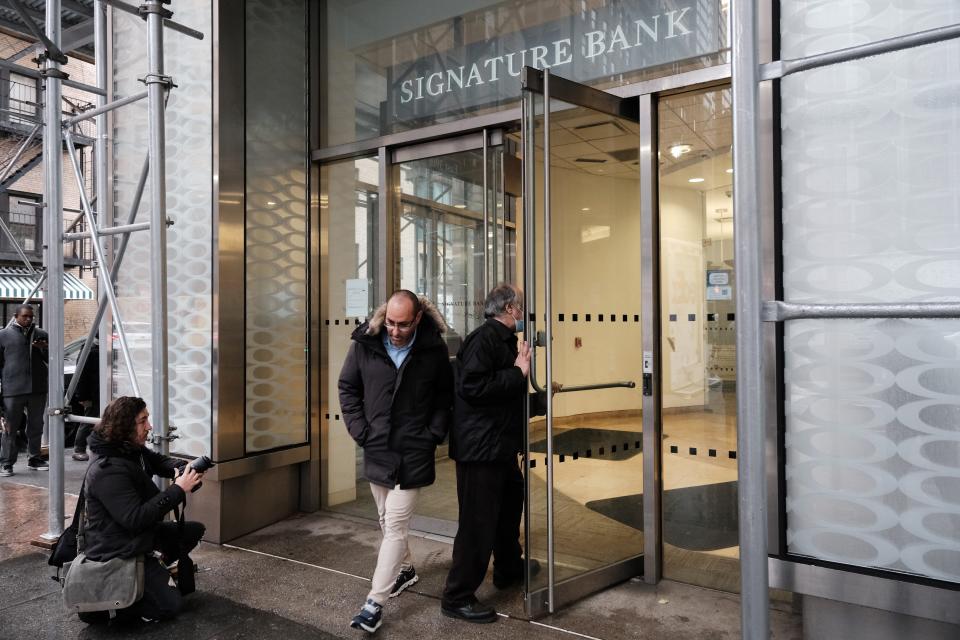Why The US Financial Crisis Hasn’t Ended Yet And Why SVB And Signature Bank Crashed So Quickly
Once the FDIC took control of Silicon Valley Bank ,bringing over $175 billion in client savings under the regulator's authority, worries about widespread issues in the banking industry began to take hold. It was the worst bank failure since the height of the global crisis in 2008.

Federal regulators in the US announced that another bank had been closed and that the government would make sure that all depositors of Silicon Valley Bank, which failed Friday, would be paid back in full. The announcement came as Washington hurried to stop ripple effects from the large institution’s failure from sweeping through the financial system.
According to a joint announcement from the Federal Reserve, Treasury, and Federal Deposit Insurance Corp., depositors will have access to all of their funds beginning on Monday, March 13. The authorities claimed that “no losses related to the resolution of Silicon Valley Bank would be borne by the taxpayer” to allay worries about who would pay the expenses.
Also, the agencies declared that they would compensate depositors at Signature Bank, which the government learned had been shut down by New York bank authorities on Sunday. The state authorities stated that the action was taken “in light of market occurrences, monitoring market trends, and coordinating closely with other state and federal regulators” to safeguard the financial system and consumer interests.
Joseph Biden, the president, stated that he directed the moves and that he will make comments regarding the financial system. In a statement, Biden said, “I am happy that they achieved a swift solution that protects American workers and small companies and keeps our financial system safe. The approach also makes sure that taxpayer money is not in danger.
He stated, “I am stubbornly committed to bringing those entirely responsible for this calamity accountable and to continuing our efforts to strengthen supervision and regulation of larger banks so that we are not in this situation again. Signature’s demise is the third significant bank failure in a week. The California-based bank Silvergate, which provided loans to businesses involved in the cryptocurrency industry, declared on Wednesday that it will shut down and sell its holdings.
Amid the devastation, the Fed also declared that it would establish an emergency lending program with Treasury permission to provide funds to qualified banks and help them “meet the demands of all their depositors.”
Once the FDIC took control of Silicon Valley Bank, bringing over $175 billion in client savings under the regulator’s authority, worries about widespread issues in the banking industry began to take hold. It was the worst bank failure since the height of the global crisis in 2008. The FDIC insured the deposits of the bank’s customers up to $250,000, but there was no assurance that the money in the bank’s many accounts exceeding that amount would be returned to clients, even small companies.
This fact caused ripples in the financial sector over the weekend. Authorities and economists were concerned that customers with uninsured accounts at other local banks may start to worry about the security of their savings, leading them to withdraw their money and transfer it to larger banks in search of safety. Several people cautioned that this may transform what would otherwise be a single bank failure into a major financial disaster.
For instance, Signature, like Silicon Valley Bank, held a substantial chunk of the kind of big, uninsured deposits that observers were concerned about. A source with knowledge of the situation said that it had large deposit outflows on Friday. Nevertheless, by Sunday, everything appeared to have leveled down.
The sudden declaration on Sunday night was brought on by concerns over the infection and the rapidity of the issues’ development. There is still a chance of finding a buyer for Silicon Valley Bank, which the government hurried to sell to a private enterprise. But a Treasury official stated on Sunday that authorities eventually decided to proceed with the plan to compensate depositors, in part because it was proving to be difficult for a prospective buyer to examine the bank’s records by Monday.
The Treasury representative made it clear that the moves shouldn’t be viewed as a “bailout” because the company’s owners and debt holders would lose everything. Authorities grew worried that if the fissures at Silicon Valley Bank, which were connected to a recent and quick rise in interest rates as the Fed battles inflation, weren’t addressed, they may turn into a systemic problem. As evidenced by the aggressive actions to protect the failed bank’s depositors from harm and to support the banking industry as a whole.
Regulators concurred that the scenario constituted a risk to the financial system, which authorized them to invoke an exemption to the FDIC’s general obligation to clean up insolvent banks in the least expensive manner. To ensure it can reimburse depositors, the regulator will use the Deposit Insurance Fund, which is funded by fees paid by the banking sector. The agencies stated that “any losses to the Deposit Insurance Fund will be recovered by a special tax on banks, as required by law,” to help uninsured depositors.
And the Fed’s new lending initiative, which is backed by $25 billion in Treasury funds, may offer an even bigger safety net for the banking sector. Banks, savings organizations, credit unions, and other qualifying depository institutions will be able to get loans of up to one year under this program in return for collateral such as US Treasury bonds, agency debt, and mortgage-backed securities. This will provide a workaround for financial institutions whose long-term asset holdings have lost market value as interest rates have climbed.
The rate change over the last year has left several banks with significant “unrealized losses,” which is in part what caused Silicon Valley Bank to fail. They can now borrow money using the initial worth of the assets they possess at the Fed. As a result, they will receive larger financial inflows and won’t need to resort to desperate selling. “This is an aggressive package, at the maximum end of what one may have predicted,” Krishna Guha, an economist at Evercore ISI, said on Sunday.
According to the Treasury source, even though authorities had anticipated similar deposit withdrawals from other banks, they had hoped that the new facility would reduce the probability of runs on otherwise reliable financial institutions. According to the Treasury source, even though authorities had anticipated similar deposit withdrawals from other banks, they had hoped that the new facility would reduce the probability of runs on otherwise reliable financial institutions.
Although the government authorities justified their actions as necessary countermeasures to prevent a wider collapse, they soon faced criticism. The previous FDIC chair, Sheila Bair, deemed the action perplexing. She declared that this financial system is $23 trillion in size.
A person with knowledge of the case said that the government attempted to auction off Silicon Valley Bank over the weekend. A private-sector solution may have caused less criticism. But several executives at prospective buyers said in private that they had been waiting to see if the government would ensure that Silicon Valley Bank’s uninsured consumers would ultimately be made whole. The rescue was not without controversy, at least not as of Sunday night, and it was not without flaws.![]()
Paul Ashworth, the chief North American economist at Capital Economics, stated in a note to clients that “rationally, this should be enough to avoid any contagion from spreading and taking down other banks, which can happen in the blink of an eye in the digital era.” Yet, since irrational fear has always been at the heart of contagion, we should emphasize that there is no assurance this will be effective.
Edited by Prakriti Arora







